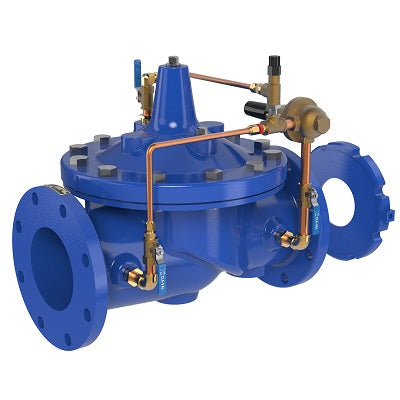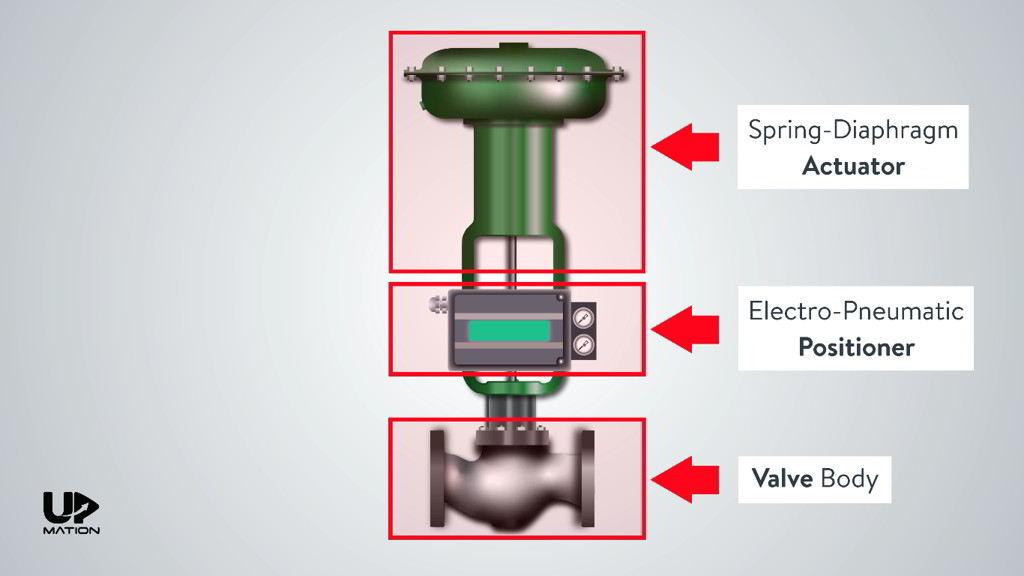The Function of Control Valves in Liquid Flow Management Systems
The Function of Control Valves in Liquid Flow Management Systems
Blog Article
Enhance Performance With Top-Quality Building Automation Controls Including Controllers
In the realm of contemporary structure monitoring, the execution of high-quality building automation controls, consisting of advanced controllers, has actually ended up being a critical aspect in simplifying procedures and taking full advantage of effectiveness. As structures continue to progress into smarter, a lot more interconnected entities, the function of automation controls and controllers has never been much more critical.
Benefits of Building Automation Controls
When implemented effectively, building automation controls use a myriad of advantages to improve operational effectiveness and optimize source use. Among the key advantages is the capacity to control and monitor various building systems such as HVAC, lighting, security, and extra from a centralized system. This centralized control permits for better control and synchronization of various systems, bring about improved power efficiency and decreased operational expenses.
Furthermore, building automation controls give real-time information and analytics, making it possible for center supervisors to make informed choices quickly. By having accessibility to detailed insights into energy intake, tools performance, and passenger behavior, companies can identify locations for renovation and implement methods to enhance general structure performance.
Additionally, automation controls help in predictive maintenance by spotting potential concerns before they escalate into pricey problems. This proactive strategy not just extends the life-span of devices yet additionally reduces downtime, guaranteeing continuous procedures - control valves. Overall, the advantages of building automation controls are instrumental in streamlining procedures, raising efficiency, and producing a much more sustainable and comfortable environment for occupants
Key Functions of Controllers
Effective building automation controls are defined by a range of essential functions that make it possible for streamlined management and optimization of different structure systems. One key attribute of controllers is their capability to gather information from sensing units dispersed throughout the structure.
Furthermore, controllers supply the adaptability of shows routines for different building systems based on tenancy patterns, assisting to minimize power wastefulness throughout off-peak hours. Furthermore, the remote ease of access attribute of controllers permits facility managers to check and control building systems from anywhere, boosting convenience and responsiveness.
Moreover, advanced controllers commonly come furnished with predictive upkeep capabilities, allowing aggressive recognition of prospective concerns prior to they intensify, therefore decreasing downtime and maintenance expenses (control valves). Generally, the crucial functions of controllers contribute in streamlining building operations, improving comfort, and maximizing energy savings
Integration With Iot Technology
Structure automation controls, particularly controllers with their innovative features, seamlessly incorporate with IoT innovation to transform structure management processes. IoT modern technology enables these controllers to gather and evaluate information from numerous building systems in real-time, using unmatched understandings into power usage, system efficiency, and occupant behavior. By leveraging IoT connection, building automation controls can optimize energy effectiveness, improve resident convenience, and guarantee positive upkeep.
The combination of structure Bonuses automation manages with IoT technology permits central monitoring and control of varied building systems remotely. This connection allows building managers to change setups, routine procedures, and get informs on their computer systems or smartphones, improving functional efficiency and lowering upkeep costs. IoT integration promotes data-driven decision-making by giving workable intelligence based on patterns and trends determined through continual surveillance.
Energy Efficiency Solutions

Building automation controls, consisting of power monitoring systems and programmable controllers, are crucial components of energy performance services. These systems allow real-time surveillance of energy use, identification of inadequacies, and implementation of automated changes to maximize energy efficiency (control valves). By incorporating building automation controls with energy-efficient equipment and modern technologies, centers can boost operational effectiveness, improve resident convenience, and add to a greener atmosphere

Enhancing Building Safety
With a concentrate on enhancing functional aspects beyond energy effectiveness services, the next essential aspect to attend to in structure administration is the improvement of safety and security procedures. Structure automation controls play a pivotal function in boosting safety by incorporating numerous systems such as access control, monitoring cams, and intrusion detection. These controls not just streamline safety procedures however likewise offer real-time tracking and alerts, making it possible for punctual actions to prospective risks.
Conclusion
In verdict, constructing automation controls, particularly controllers, use countless advantages such as enhanced effectiveness, combination with web IoT innovation, power performance remedies, and enhanced security steps. By utilizing top-quality building automation controls, structures can run better and sustainably, resulting in cost financial savings and boosted general efficiency. Investing in these innovative innovations can significantly improve the operational performance of buildings and add to a much more sustainable future.
In the realm of modern structure monitoring, the implementation of premier structure automation controls, consisting of innovative controllers, has ended up being a pivotal element in optimizing and streamlining operations performance.Reliable structure automation controls are characterized by a variety of essential functions that allow systematized management and optimization of various building systems.Building automation controls, particularly controllers with their sophisticated attributes, seamlessly integrate with IoT innovation to transform building management processes.The combination of structure automation manages with IoT technology allows for central surveillance and control of varied structure systems click to read remotely. By making use of top-notch structure automation controls, buildings can operate more effectively and sustainably, leading to cost financial savings and improved total efficiency.
Report this page